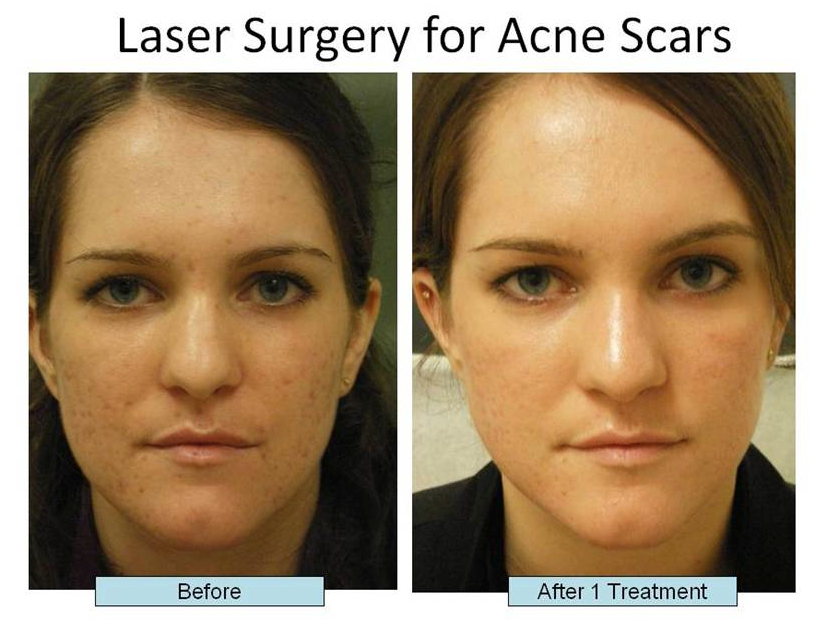Exploring Skin Problems: Recognizing and Treating Acne Scars for Healthier Skin
Acne scars stand for a considerable problem for individuals looking for to maintain healthy skin, as they can affect both appearance and self-confidence. Understanding the various types of marks, from atrophic to hypertrophic, is important for figuring out proper treatment choices. While specialist treatments like chemical peels and microneedling can be effective, the significance of individualized treatment strategies can not be overemphasized. Moreover, preventative measures play a crucial duty in reducing future scarring. As we discover these aspects, one should take into consideration exactly how the best approach can bring about transformative results.
Understanding Acne Marks
Understanding acne marks is crucial for any individual that has experienced serious acne, as these marks can have a long-term effect on both physical look and psychological health. When the skin goes through inflammatory actions during energetic acne lesions, acne marks create. The intensity of scarring is often influenced by factors such as the kind of acne, its period, and private skin attributes.
The body's all-natural recovery procedure can result in either atrophic marks, which look like depressions in the skin, or hypertrophic scars, which are increased and arise from overproduction of collagen. Additionally, the emotional toll of acne marks ought to not be ignored; lots of individuals report sensations of embarrassment, anxiety, and lowered self-worth. This emotional concern can influence social communications and total lifestyle.
Resolving acne marks needs a thorough understanding of their formation and influence. Recognition of the capacity for long-lasting consequences related to neglected scars can encourage people to look for ideal treatments. Early intervention and efficient administration approaches can dramatically boost skin look and improve emotional durability, stressing the relevance of recognizing the intricacies surrounding acne scars.
Kinds Of Acne Marks
Acne scars can be categorized right into distinctive kinds, each showing one-of-a-kind characteristics and calling for details therapy techniques. The primary sorts of acne marks include atrophic, hypertrophic, and keloid scars.

Hypertrophic marks, on the other hand, are elevated above the skin level and are the outcome of extreme collagen production throughout the healing procedure. They normally remain within the boundaries of the original acne lesion. Keloid scars are similar yet extend past the original injury website, creating bigger, elevated areas that can be itchy or agonizing.
Recognizing these sorts of marks is necessary for selecting ideal therapy alternatives. Different marks may react better to particular therapies, such as laser therapies, fillers, or medical treatments, highlighting the importance of a customized method to acne scar management.
Recognizing Your Marks
Acne scars typically fall into 2 classifications: atrophic and hypertrophic scars. These can further be identified right into ice-pick marks, boxcar scars, and rolling scars, each displaying distinct features and requiring different approaches for evaluation - acne treatment for sensitive skin.
Hypertrophic scars, on the other hand, are raised and take place due to extreme collagen production throughout the recovery process. Recognizing the details functions of your marks-- such as deepness, width, and structure-- is important for appropriate identification. Additionally, think about the circulation of marks across your skin, as this can indicate the severity and period of the acne problem.
Involving with a skin doctor can give useful insights right check that into the nature of your marks, helping in the differentiation between different kinds. A comprehensive understanding of your scars will ultimately cause a more tailored and reliable therapy plan, making certain a more clear and healthier skin.
Treatment Alternatives Readily Available
Identifying the specific kind of acne scars existing on your skin prepares for exploring reliable treatment choices. Common kinds of acne marks include atrophic (clinically depressed), hypertrophic (raised), and post-inflammatory erythema.
For atrophic scars, choices such as chemical peels, microneedling, and laser resurfacing are extensively made use of. Chemical peels use acids to eliminate the outer layer of skin, promoting brand-new cell development.
Hypertrophic scars can be treated with corticosteroid injections to squash the mark or laser treatment to lower inflammation and boost appearance. skin rejuvenation treatments. Silicone gel sheets and stress dressings might also assist in managing raised marks
On top of that, facial fillers can momentarily fill out depressions from atrophic marks, while surgical excision may be proper for serious situations. Each treatment alternative has its considerations and benefits, making it important to seek advice from a skin doctor. They can supply tailored suggestions based on the Go Here kind and severity of your scars, along with your skin kind and total health.
Tips for Prevention
Effective prevention techniques can dramatically minimize the likelihood of establishing acne marks. The primary step is to maintain a constant skin care routine that includes mild cleansing, peeling, and hydrating. Using non-comedogenic items aids stop stopped up pores, which can aggravate acne. Additionally, incorporating topical treatments containing salicylic acid or benzoyl peroxide can successfully take care of outbreaks and reduce inflammation.
Staying clear of the desire to pick or stand out acne lesions is vital, as this can result in much deeper skin damages and enhance the threat of scarring. Rather, consider utilizing a cold compress or non-prescription treatments to reduce swelling and inflammation.
Sunlight defense is another essential element of avoidance; ultraviolet (UV) rays can dim marks and hinder the recovery process. Using a broad-spectrum sunscreen with at the very least SPF 30 daily can site here shield the skin and advertise even recovery.
Finally, keeping a well balanced diet plan abundant in minerals, anti-oxidants, and vitamins supports skin health and healing. Staying hydrated and managing anxiety degrees can likewise play a considerable function in reducing acne flare-ups. By carrying out these strategies, individuals can dramatically lessen their opportunities of creating acne marks.

Final Thought
Finally, understanding and recognizing acne marks is necessary for reliable therapy and achieving much healthier skin. Different kinds of acne marks, consisting of atrophic and hypertrophic scars, necessitate particular treatments customized to private needs. Treatment options range from chemical peels and microneedling to corticosteroid injections, emphasizing the value of speaking with a skin doctor. Furthermore, taking on a gentle skin care routine and protecting the skin from UV exposure can significantly add to the avoidance of further scarring and general skin wellness.
The body's all-natural recovery procedure can result in either atrophic marks, which show up as depressions in the skin, or hypertrophic marks, which are raised and result from overflow of collagen. They are further divided into three subtypes: ice pick scars, boxcar scars, and rolling marks. Acne marks generally fall right into 2 categories: atrophic and hypertrophic scars. These can additionally be categorized right into ice-pick marks, boxcar scars, and rolling scars, each showing distinctive attributes and calling for various approaches for assessment.
Different types of acne marks, including atrophic and hypertrophic scars, demand details interventions tailored to individual needs.